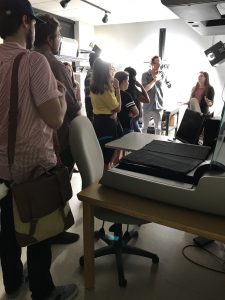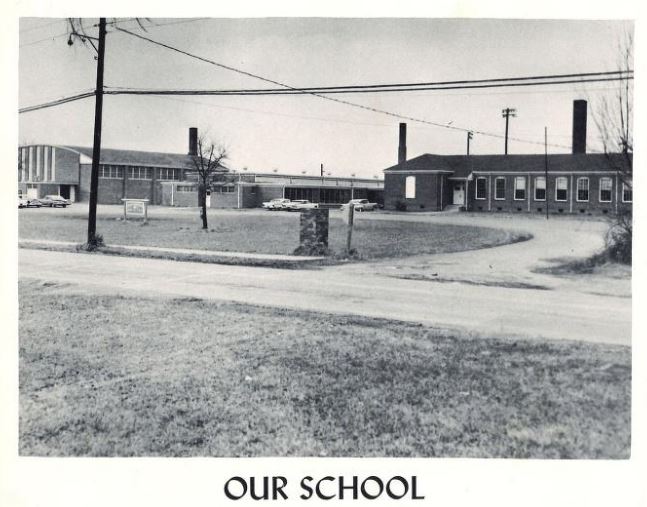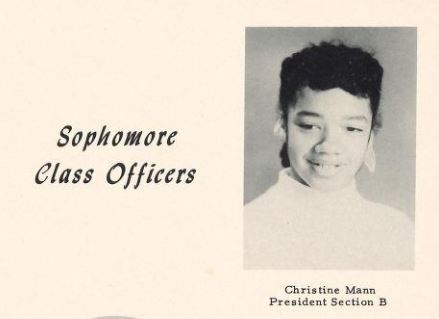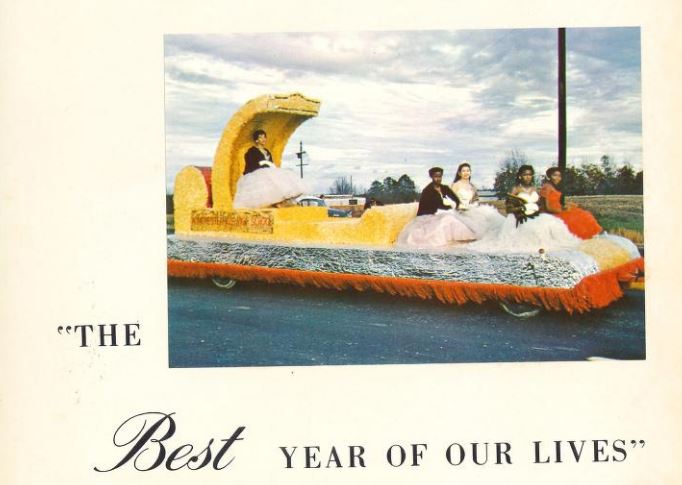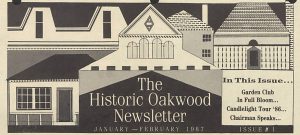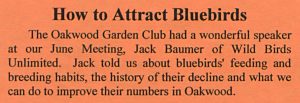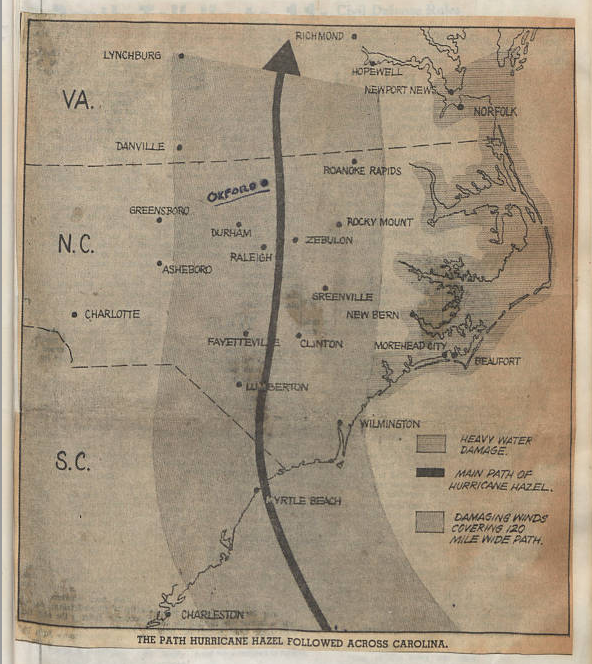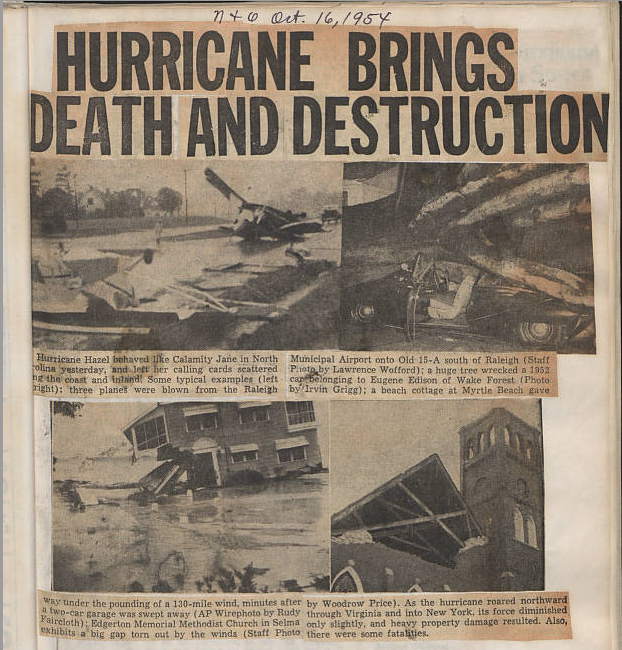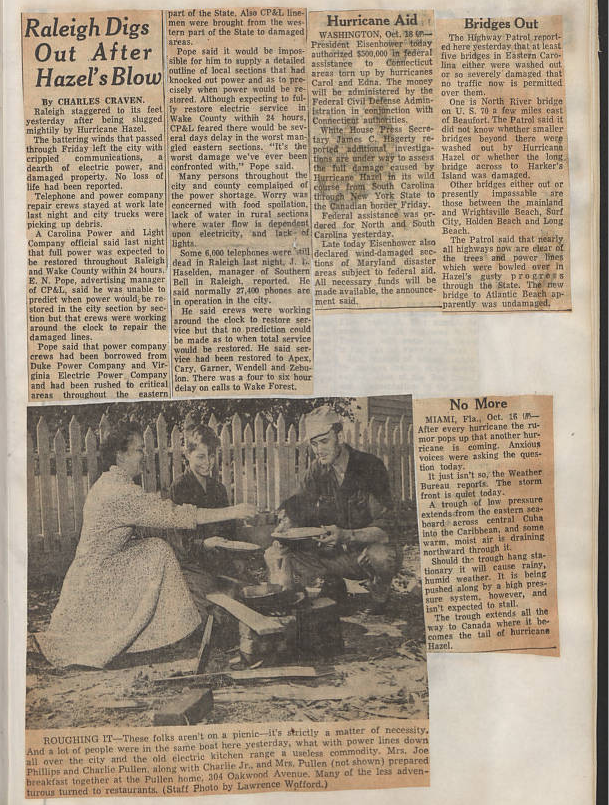Another batch of photos from Central Carolina Community College is now available on DigitalNC. This new batch brings the exhibit, A Pictorial History of Central Carolina Community College, to just over 2,400 photos.
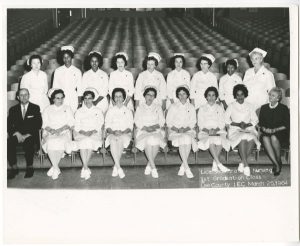
First graduates of the CCCC’s Nursing degree program
This batch documents the Nursing, Paralegal, Secretarial Science, Telephony, Associate in Arts and University Transfer Associate in Science programs.
Featuring photos from as early as their first graduating class in Lee County on March 25, 1964 and on into the 1990’s, the images from the Practical Licensed Nursing degree program demonstrates the evolving student body, curriculum, technology and, of course, nursing uniforms.
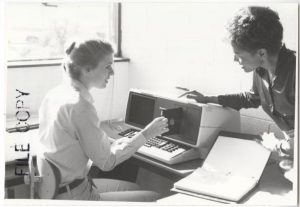
Secretarial Science student using a floppy drive
Likewise, the Secretarial Science program gives viewers a glimpse into how this profession evolved as technology did. In particular, these collection of images capture the exciting transition from typewriters to early desktops.
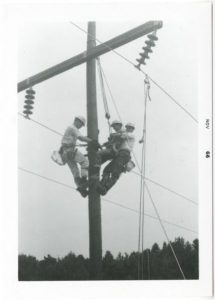
Telephony students training on telephone pole, 1966
In contrast to these programs, the Central Carolina Technical Institute Telephony and Electrical Linemen program’s set of photos display the waning profession of telephone linemen and women. These set of photos present the hands-on training students received as they worked with lines, wires, circuits and telephone poles.
Hands-on training is further demonstrated in many other class photos. One of interesting example, comes from a Psychology class that appears to be engaging in some kind of simulation activity that included persons in costume and law enforcement officers. While it is unclear exactly what the activity entails, it is clear that the students were having fun participating.
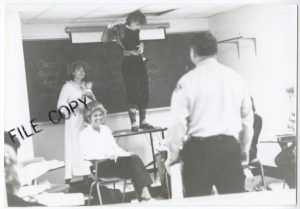
Pyschology class exercise
To learn more about Central Carolina Community College, please visit their contributor page or their website. To see more photos like this, check out the Images of North Carolina Collection.
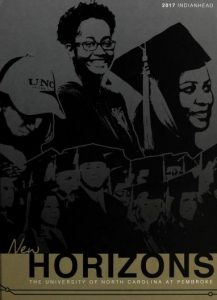 The 2017 edition of The Indianhead, University of North Carolina at Pembroke’s yearbook, is now available on DigitalNC. This edition joins many previously digitized UNC Pembroke yearbooks dating as far back as 1942.
The 2017 edition of The Indianhead, University of North Carolina at Pembroke’s yearbook, is now available on DigitalNC. This edition joins many previously digitized UNC Pembroke yearbooks dating as far back as 1942.
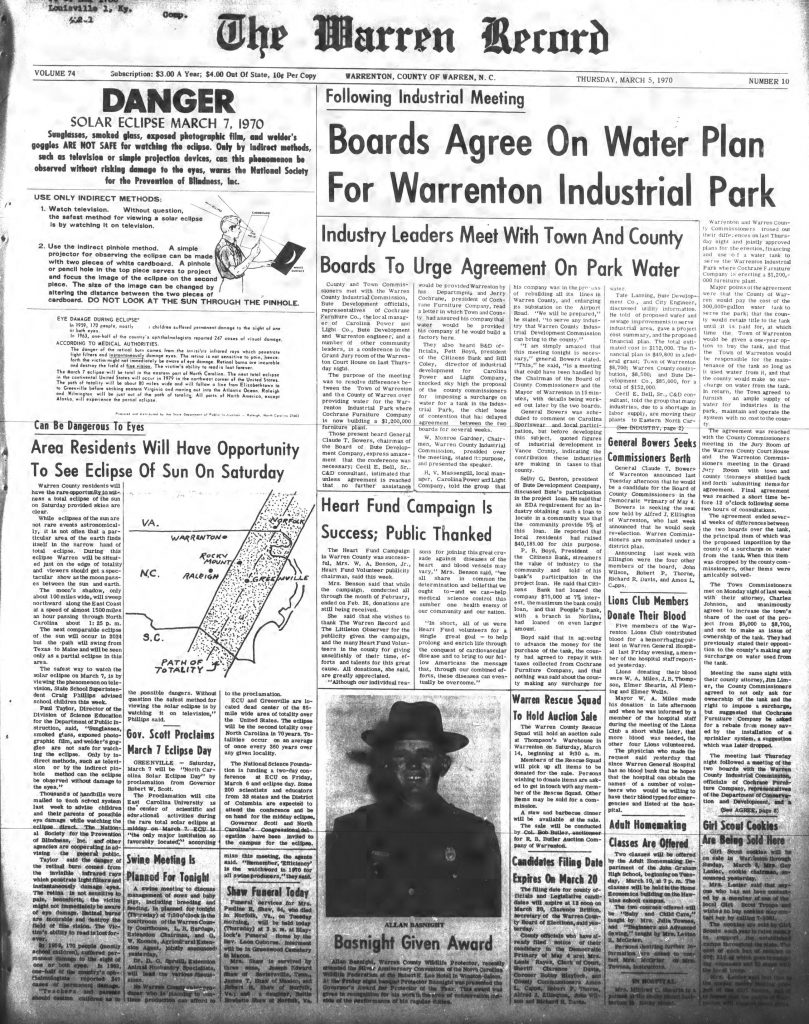
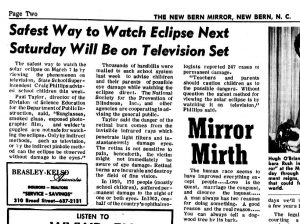
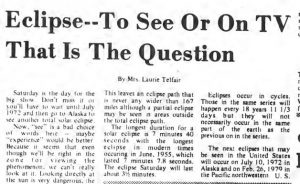
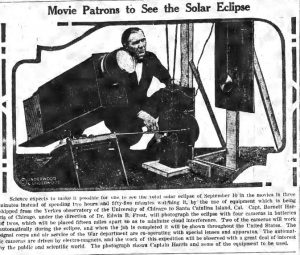
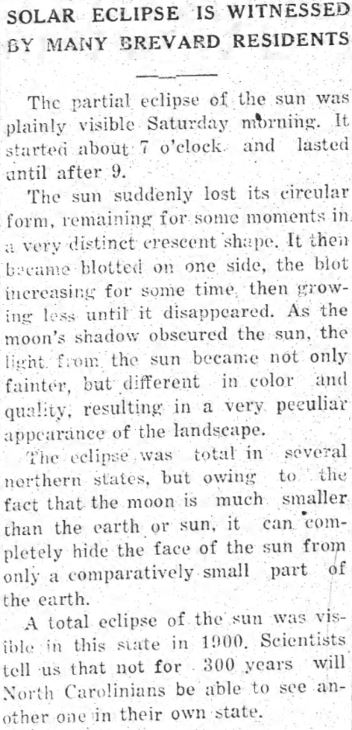
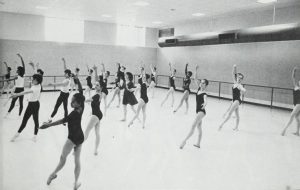

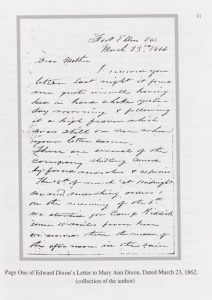
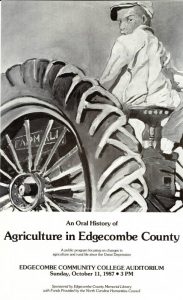
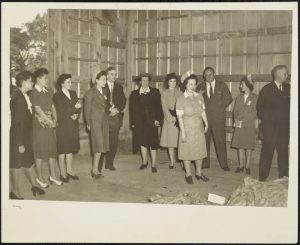




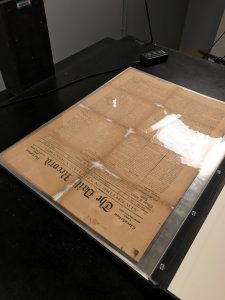 In July, the North Carolina Digital Heritage Center was pleased to welcome a group of middle school students from Williston Middle School and Friends School Of Wilmington. With them were writers Joel Finsel and John Jeremiah Sullivan and staff from the
In July, the North Carolina Digital Heritage Center was pleased to welcome a group of middle school students from Williston Middle School and Friends School Of Wilmington. With them were writers Joel Finsel and John Jeremiah Sullivan and staff from the 